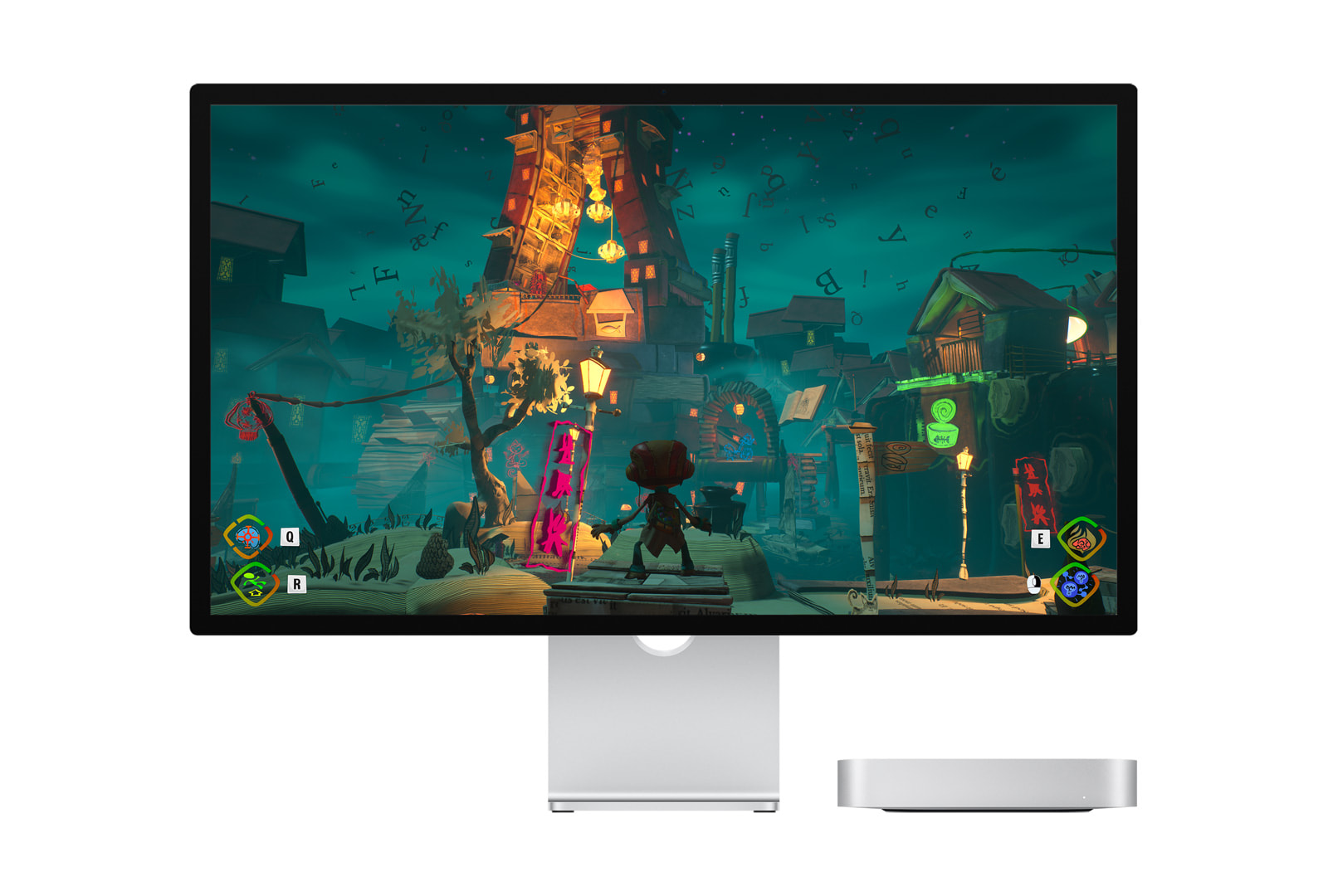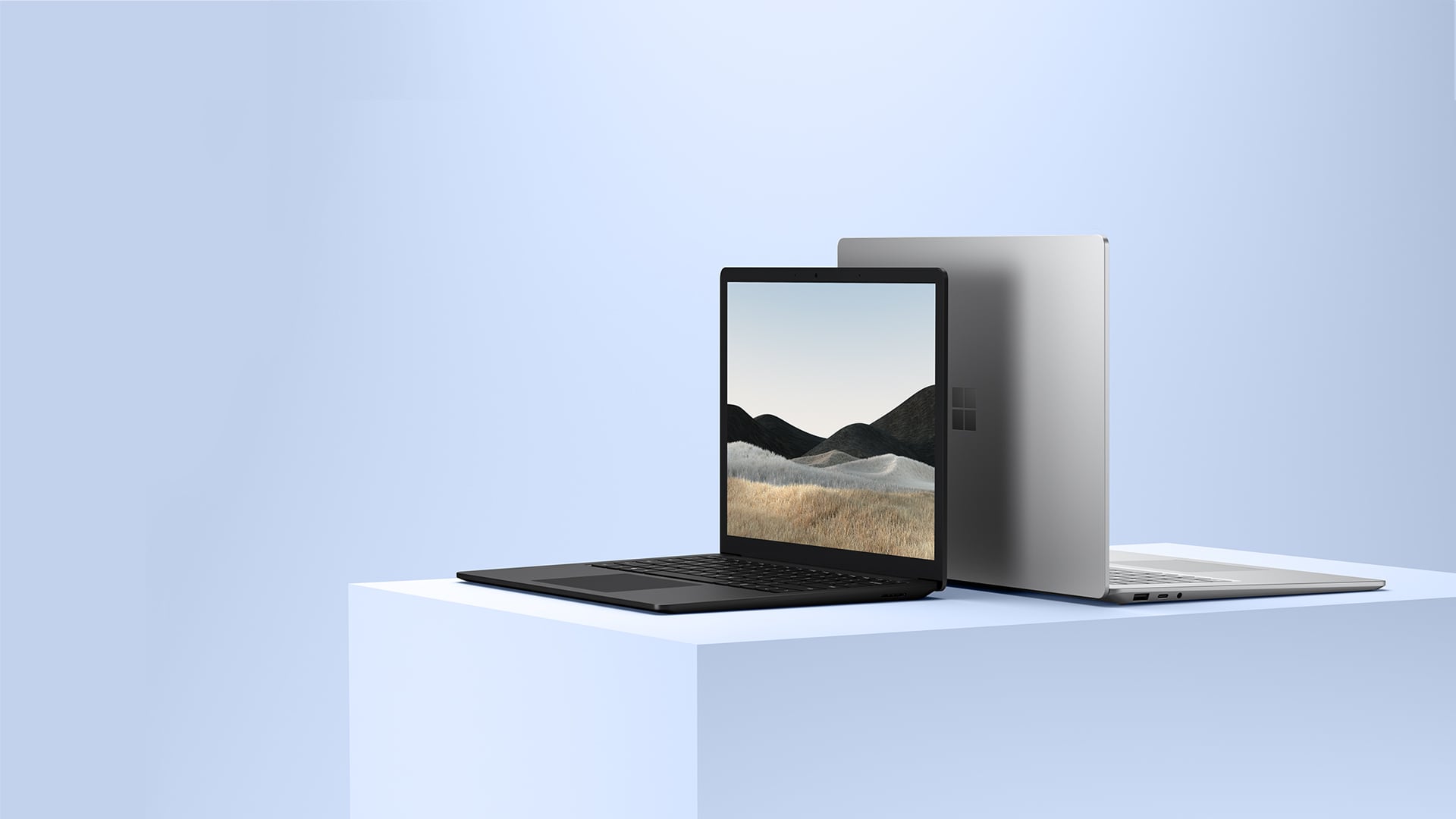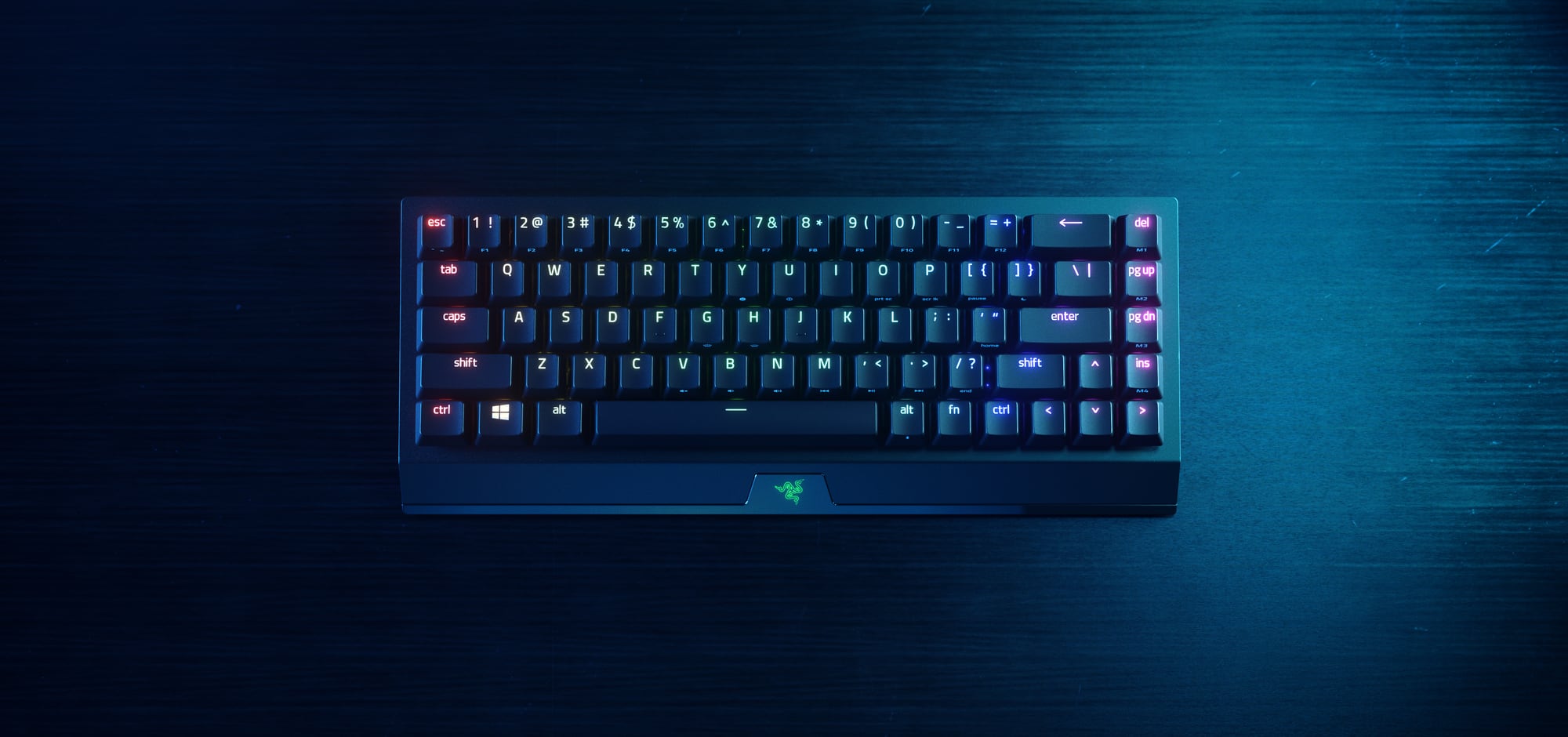Long render times and short battery life are probably the top struggles of any on-the-go content creator or visual creatives. It is a constant battle to hunt for an unoccupied power plug, so their portable workstations stay juiced before the export is done.
What if these tedious processes such as shooting, editing and exporting can be executed in one seamless workflow? This is where native support for Adobe Creative Cloud apps on M1 Pro and M1 Max MacBook Pro comes into the picture.

Apple’s M1 Pro and M1 Max chips are able to cut down render and processing times. So when Adobe Creative Cloud apps (except After Effects, at the time of publishing) finally have native support for the M1 chips, I am super excited, as a video editor, to see what this might bring.
The features that we video editors are most excited about are Text-to-Speech and Scene Selection. Every video editor knows that subbing clips is one of the biggest banes of video editing (Media Offline still takes the throne). The Text-to-Speech and Scene Selection features take the manual labour out of transcribing subtitles, but not all of it. Small corrections still have to be manually done for our local colloquial slang. However, the overall process is a walk in the park compared to manual transcription.

Another process also natively supported is Scene Edit Detection. This is not something that I use regularly in my day-to-day workflow. But this feature automatically makes cuts within a single clip in the timeline, thereby allowing further arrangement and manipulation in post. It streamlines the workflow more efficiently.


Additionally, accurate colour grading can easily be executed directly on the MacBook Pro. Its 254 pixel-per-inch display is more than capable in rendering colours and depth accurately from footage shot on the iPhone 13. High dynamic range monitoring within REC. 2100 HLG colour space can be done using MacBook Pro’s Liquid Retina XDR display.

In short, Apple’s native support for Adobe Creative Cloud apps has been long-awaited but a very much welcomed change. Being able to edit and colour grade on the same portable machine without battery running out of juice is a dream come true.
Not to mention, five times faster exports for files being packaged in ProRes and ProRes RAW codecs as well as smooth workflow from shooting HDR footage from iPhones are now a reality. Unnecessary lag on heavy timelines and hours of subtitle transcription are also things of the past, thanks to the Speech-to-Text feature. We are excited to see what else Apple and Adobe have in store for creatives like us.






